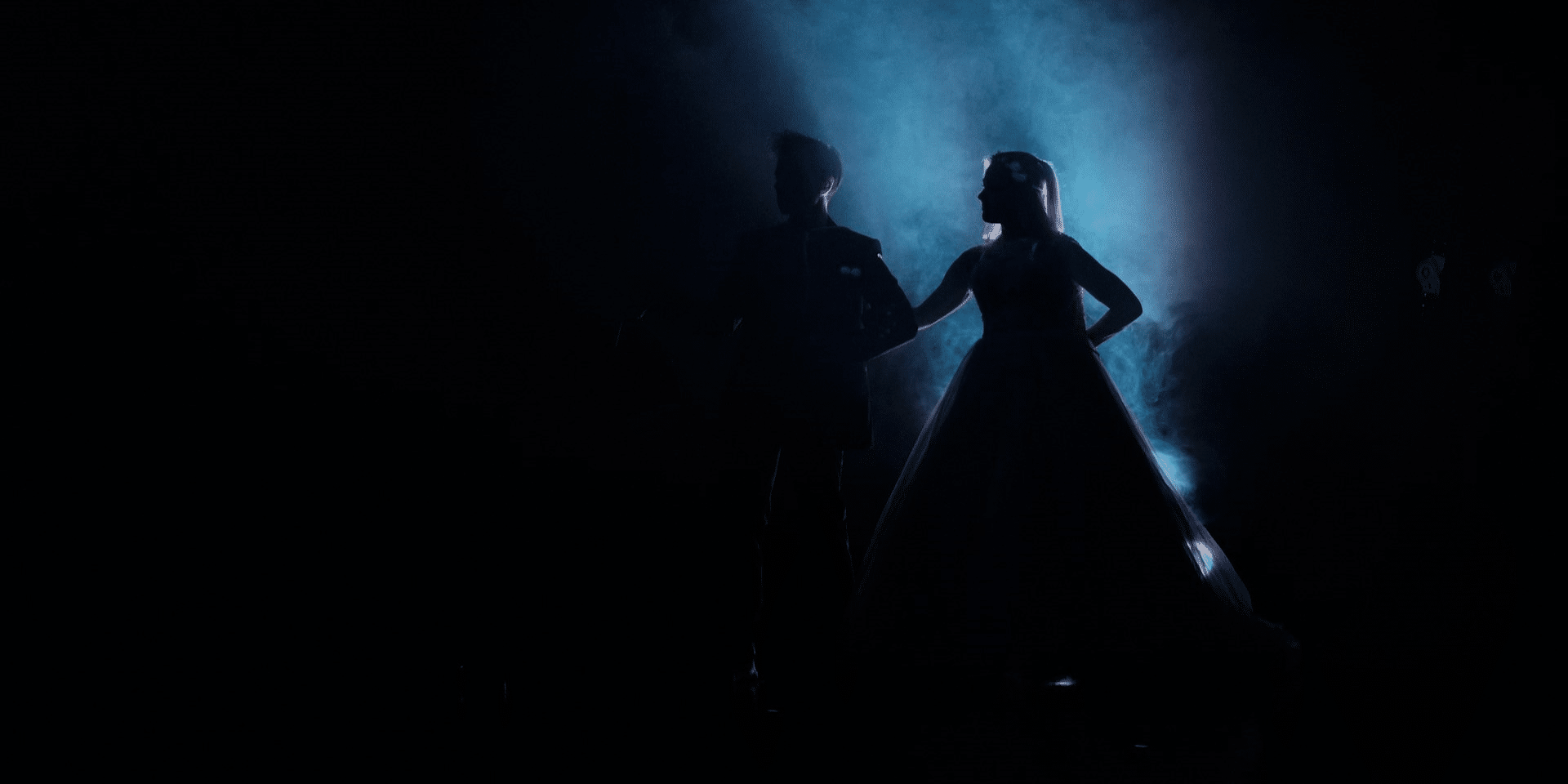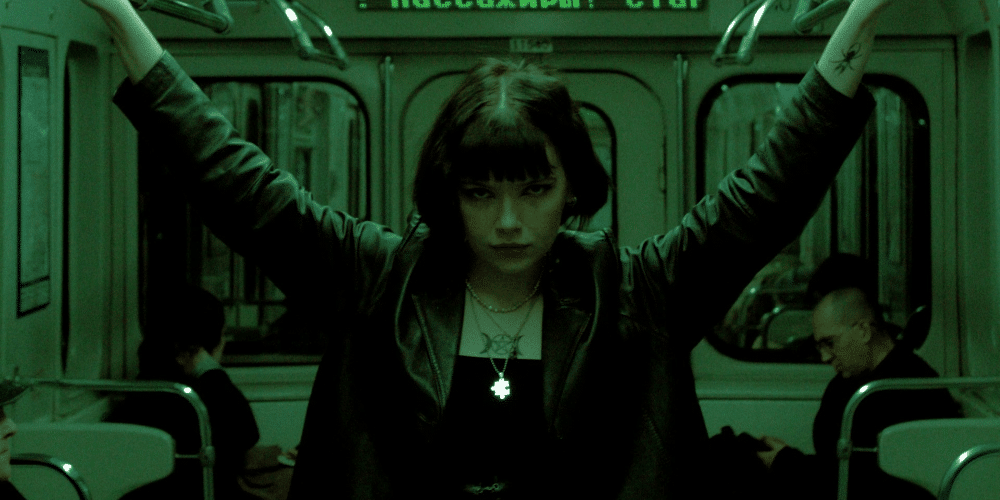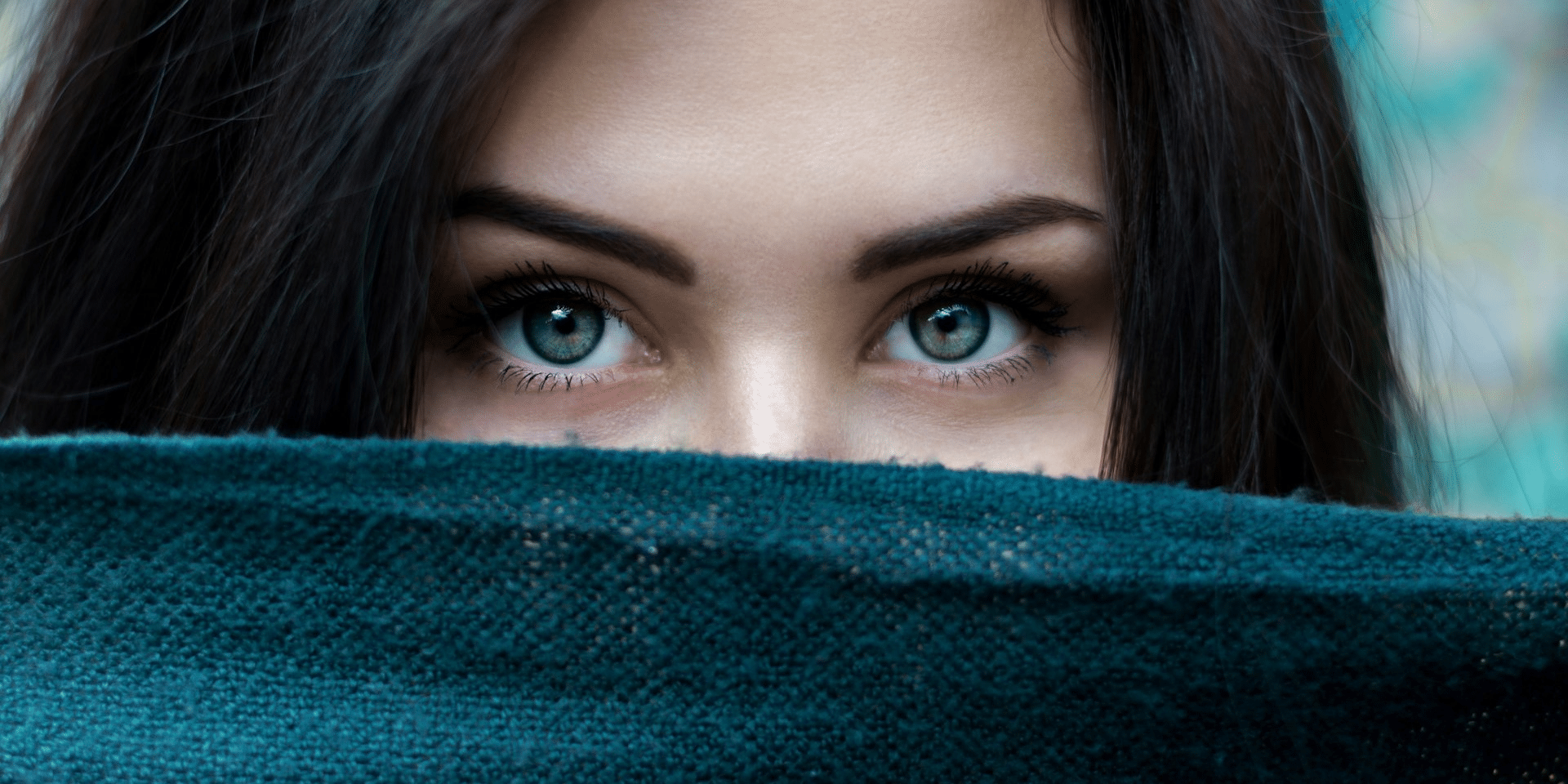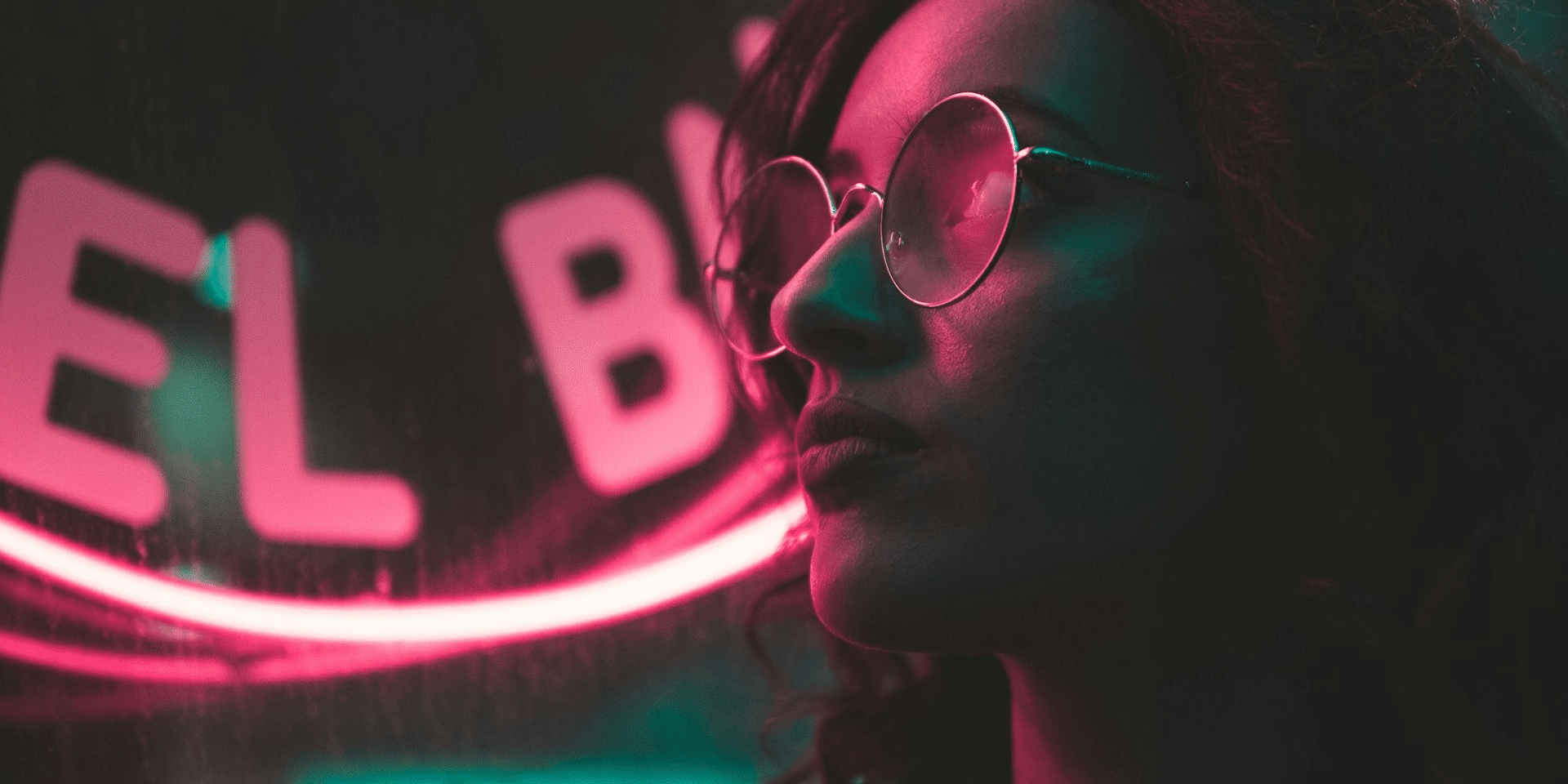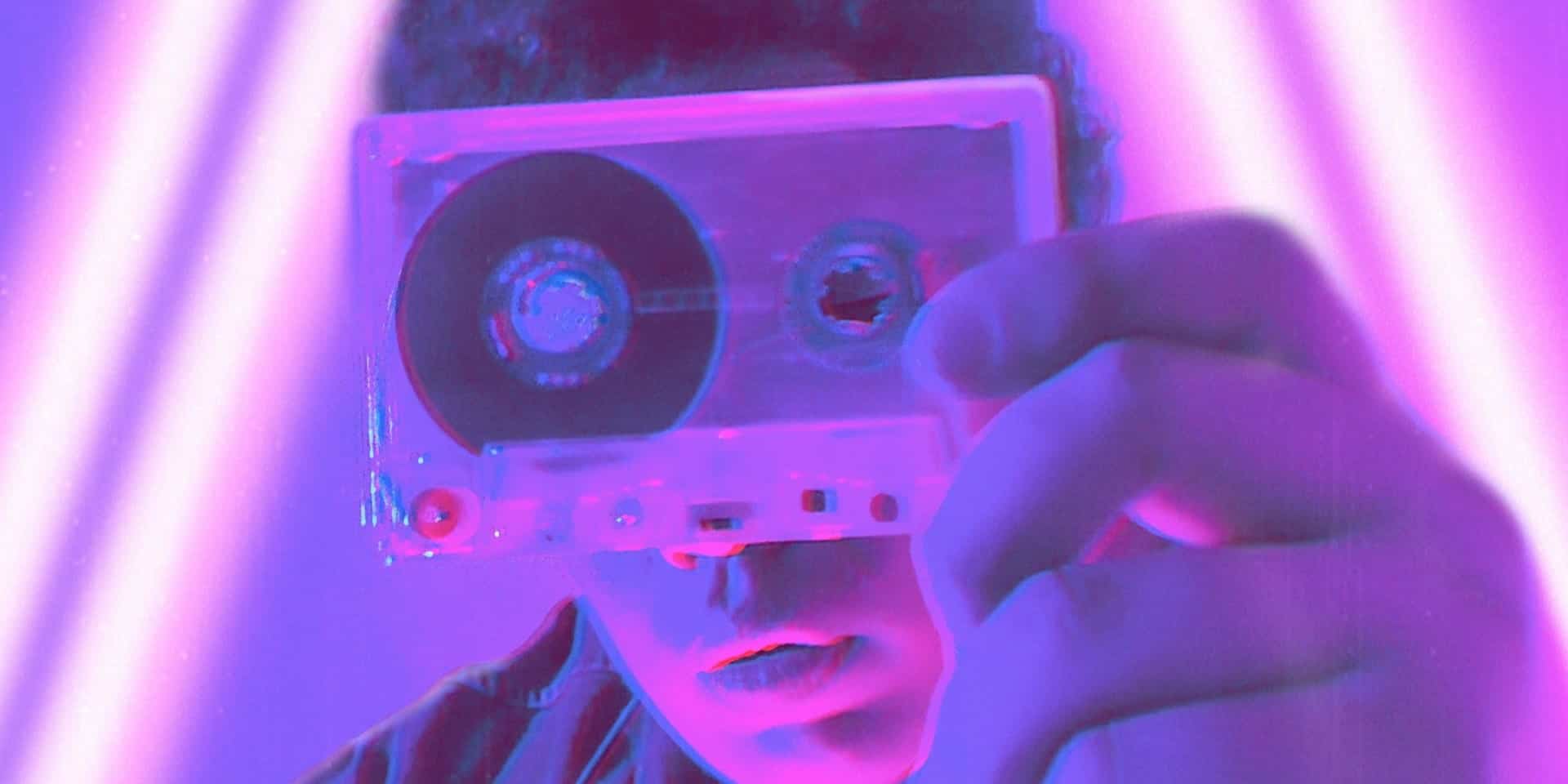Have you ever noticed that many modern films seem to have a darker and more subdued aesthetic compared to movies from previous decades? Whether it’s the moody lighting, gritty cinematography, or somber color palette, there’s no denying that darkness pervades many contemporary films. But why do most films look dark today? Let’s delve into the reasons behind this trend and what it means for the cinematic experience.
Cinematic Trends and Tastes
One of the primary reasons why most films look dark today is due to evolving cinematic trends and tastes. Filmmakers often draw inspiration from each other’s work, and certain visual styles can become popular and influential over time. In recent years, there has been a growing appetite for darker and more atmospheric films that prioritize mood and tone over brightness and color. This shift in aesthetic preferences has led many filmmakers to embrace darkness as a storytelling tool, using it to create tension, evoke emotion, and enhance the overall mood of their films.
Genre Preferences
Genre preferences also play a significant role in why most films look dark today. Certain genres, such as horror, thriller, and noir, naturally lend themselves to darker visual aesthetics. These genres often explore themes of suspense, mystery, and psychological tension, which are effectively conveyed through moody lighting, shadowy cinematography, and muted color palettes. As audiences gravitate towards darker and more intense storytelling experiences, filmmakers have responded by crafting films that cater to these genre preferences, resulting in a proliferation of dark and atmospheric cinema.
Realism and Authenticity
Another reason for the prevalence of darkness in modern films is the desire for realism and authenticity. Many filmmakers aim to create films that feel immersive and true to life, and darkness can be an effective tool for achieving this goal. In the real world, lighting conditions are rarely perfect, and darkness is a natural part of the human experience. By incorporating darkness into their films, filmmakers can create a sense of verisimilitude that resonates with audiences on a subconscious level, making the cinematic experience feel more authentic and grounded in reality.
Emotional Resonance
Darkness in films can also serve to enhance emotional resonance and impact. Just as light and shadow are used in painting and photography to convey mood and emotion, darkness can be a powerful visual metaphor in cinema. By juxtaposing light and dark, filmmakers can create visually striking compositions that evoke a wide range of emotions, from fear and suspense to melancholy and introspection. This use of darkness as a storytelling device allows filmmakers to communicate complex ideas and themes in a visually compelling and evocative way, resonating with audiences on a deeper emotional level.
Technical Considerations
From a technical standpoint, there are also practical reasons why many films look dark today. Advances in digital cinematography have made it easier for filmmakers to capture low-light scenes with greater clarity and detail than ever before. This has enabled filmmakers to push the boundaries of darkness in their films, exploring the limits of what is visually possible in terms of lighting and composition. Additionally, advancements in post-production techniques have made it possible to manipulate and enhance darkness in post-production, allowing filmmakers to achieve specific visual effects and create the desired mood and atmosphere in their films.
Cultural Influence
The cultural landscape of the 21st century also plays a significant role in shaping the dark aesthetic of modern films. In an era marked by uncertainty, anxiety, and existential dread, it’s no surprise that filmmakers are drawn to darker and more introspective themes. From the looming threat of climate change to the pervasive influence of technology on our daily lives, there are plenty of real-world issues that lend themselves to darker storytelling. By exploring these themes in their films, filmmakers can provide audiences with a cathartic outlet for processing their fears and anxieties, offering a sense of validation and solidarity in an increasingly chaotic world.
Evolution of Storytelling
As storytelling continues to evolve in the digital age, filmmakers are constantly seeking new ways to engage and captivate audiences. Darkness in films serves as a storytelling device that adds depth, complexity, and texture to narratives, drawing viewers into the world of the film and inviting them to explore its themes and ideas. Whether used to create a sense of foreboding in a horror film or to convey the emotional turmoil of a troubled protagonist in a drama, darkness adds layers of meaning and nuance to the cinematic experience, enriching the storytelling process and leaving a lasting impression on audiences.
Future Trends and Innovations
Looking ahead, the future of darkness in films is ripe with possibilities. As technology continues to advance and filmmakers push the boundaries of visual storytelling, we can expect to see new innovations and techniques emerge that further enhance the use of darkness in cinema. Whether it’s through advancements in lighting technology, virtual production techniques, or immersive storytelling formats, darkness will continue to play a central role in shaping the aesthetic of modern films for years to come.
In conclusion, darkness in modern films is not simply a stylistic choice, but a multifaceted storytelling device that serves to enhance mood, evoke emotion, and convey complex themes and ideas. Whether used to create tension, enhance realism, or explore the darker aspects of the human experience, darkness adds depth and texture to the cinematic landscape, enriching the storytelling process and inviting audiences on a journey of discovery and introspection. As filmmakers continue to push the boundaries of visual storytelling, darkness will remain a powerful and evocative tool for captivating audiences and immersing them in the world of the film.

